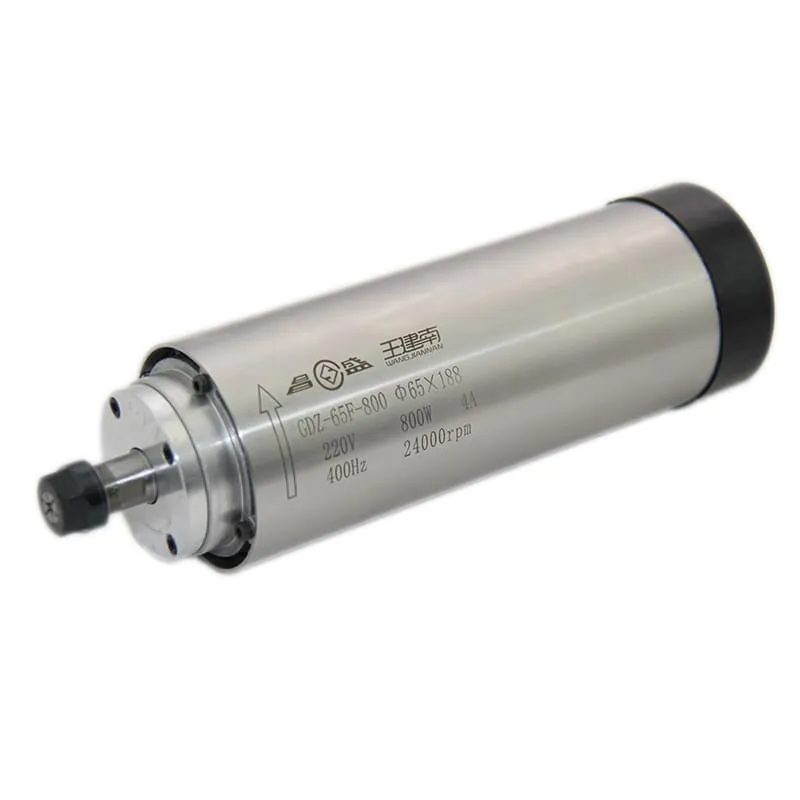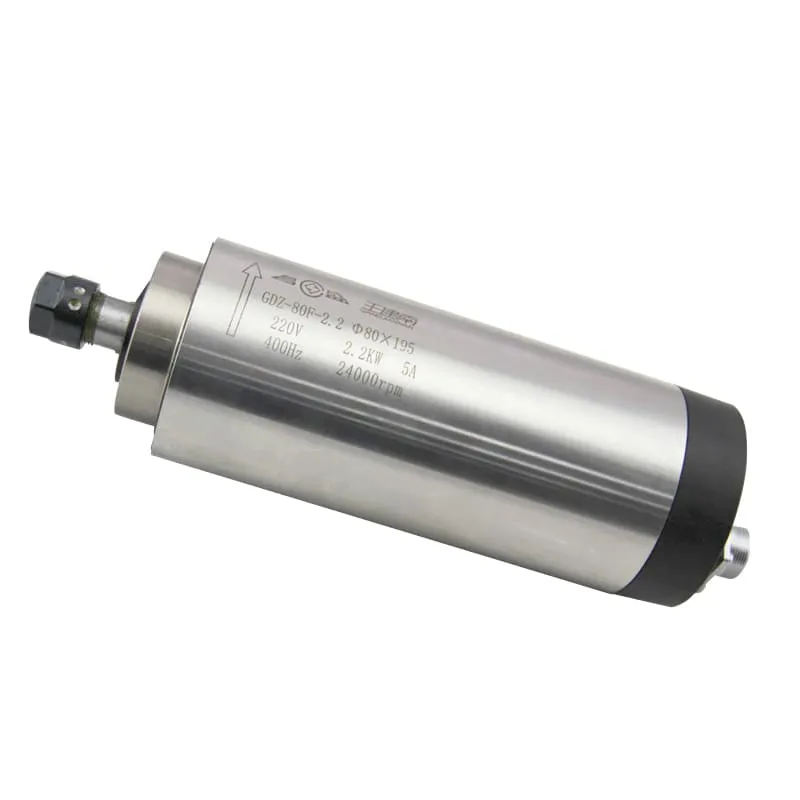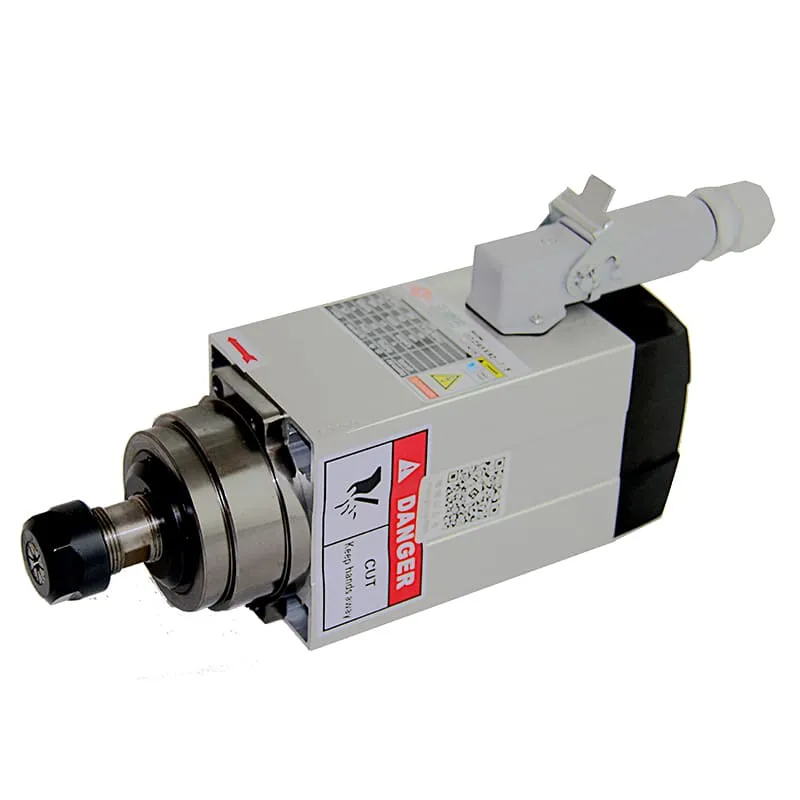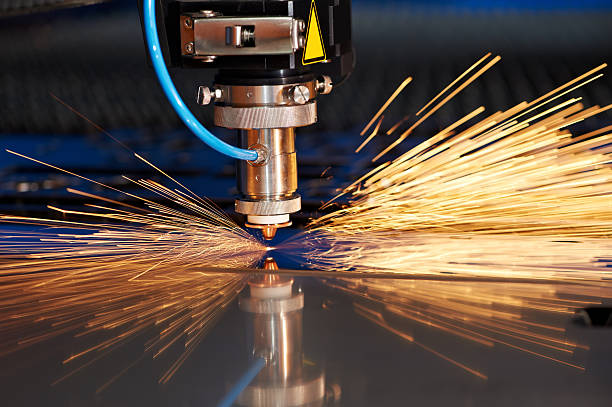How Many Axes Can a CNC Machine Have?
CNC (Computer Numerical Control) machines have revolutionized the manufacturing industry, offering unparalleled precision, efficiency, and versatility in producing complex parts. One of the key factors that determine a CNC machine’s capabilities is the number of axes it can operate on. But how many axes can a CNC machine actually have? Let’s dive into this fascinating aspect of CNC machining and explore the possibilities.
Understanding CNC Machine Axes
Before we delve into the specific number of axes, it’s essential to understand what these axes represent in CNC machining. In simple terms, an axis in a CNC machine refers to a direction of movement. These movements allow the cutting tool or the workpiece to be positioned precisely, enabling the creation of complex shapes and features.
The most basic CNC machines operate on three primary axes:
- X-axis: Horizontal movement (left to right)
- Y-axis: Vertical movement (up and down)
- Z-axis: Depth movement (forward and backward)
These three axes form the foundation of CNC machining, allowing for basic 3D movement. However, as manufacturing demands have grown more complex, so too have the capabilities of CNC machines, leading to the development of machines with additional axes.
The Evolution of CNC Machine Axes
The evolution of CNC machine axes has been driven by the need for greater precision, efficiency, and the ability to create increasingly complex parts. Let’s explore this progression:
2-Axis CNC Machine
The simplest form of CNC machine is the 2-axis machine. These machines typically control movement in the X and Y axes, making them suitable for simple cutting operations on flat materials. While limited in capability, 2-axis machines are still used in certain applications like plasma cutting or simple routing tasks.
3-Axis CNC Machine
The 3-axis CNC machine is perhaps the most common type, especially in smaller workshops and for hobbyists. These machines add the Z-axis to the X and Y, allowing for three-dimensional movement. This configuration is suitable for a wide range of machining operations, including milling, drilling, and engraving.

For 3-axis CNC machines, a spindle like the 800W ER11 Air-Cooled Spindle is often a popular choice, offering a good balance of power and precision for various applications.
4-Axis CNC Machine
The 4-axis CNC machine adds rotational movement to the mix. This additional axis, often referred to as the A-axis, allows the workpiece to rotate around the X-axis. This capability enables the machine to work on multiple sides of a part without the need for manual repositioning, significantly increasing efficiency and precision.
5-Axis CNC Machine
5-axis CNC machines represent a significant leap in machining capabilities. These machines add two rotational axes to the standard three linear axes. Typically, these are:
- A-axis: Rotation around the X-axis
- B-axis: Rotation around the Y-axis

For more advanced 5-axis setups, a more powerful spindle like the 2.2KW ER16 Air-Cooled Spindle might be necessary to handle the complex cutting operations.
5-axis machining allows for complex contours and undercuts to be machined in a single setup, significantly reducing production time and improving accuracy. These machines are widely used in industries such as aerospace, automotive, and medical device manufacturing.
Beyond 5 Axes: Advanced Multi-Axis Machines
While 5-axis machines are often considered the pinnacle of CNC technology, the evolution doesn’t stop there. More advanced multi-axis CNC machines exist, pushing the boundaries of what’s possible in machining.
6-Axis CNC Machine
6-axis CNC machines add another rotational axis, typically the C-axis, which rotates around the Z-axis. This additional axis allows for even more complex movements and can be particularly useful in applications like tool making and aerospace manufacturing.
7-Axis CNC Machine
Yes, 7-axis CNC machines exist! These machines typically combine a 6-axis setup with an additional linear axis, often for the tool or an auxiliary table. 7-axis machines are used in highly specialized applications where extreme flexibility and complex geometries are required.

For these advanced multi-axis setups, spindles like the 1.5KW ER11 Square Air-Cooled Spindle with Flange offer the precision and power needed for complex machining operations.
Comparing Different Axis Configurations
To better understand the capabilities of different axis configurations, let’s compare them:
| Number of Axes | Capabilities | Common Applications |
|---|---|---|
| 2-axis | Simple 2D movements | Plasma cutting, simple routing |
| 3-axis | Basic 3D movements | General milling, drilling, engraving |
| 4-axis | 3D movements + single rotation | Cylindrical parts, some complex geometries |
| 5-axis | Full 3D movement + 2 rotations | Complex parts, aerospace, medical devices |
| 6-axis | 5-axis capabilities + additional rotation | Tool making, highly complex parts |
| 7-axis | Extreme flexibility and reach | Specialized manufacturing, research |
Advantages of Multi-Axis Machining
The addition of more axes to a CNC machine brings several significant advantages:
- Increased Complexity: More axes allow for the creation of more complex geometries in a single setup.
- Improved Efficiency: Multiple axes reduce the need for multiple setups, saving time and improving accuracy.
- Better Surface Finish: The ability to orient the tool or part optimally can result in superior surface finishes.
- Reduced Machining Time: Complex parts can be completed faster with fewer setups and tool changes.
- Enhanced Accuracy: Fewer setups mean less chance for errors in part positioning.
Challenges of Multi-Axis Machining
While the benefits of multi-axis machining are significant, it’s important to note that these advanced machines come with their own set of challenges:
- Increased Complexity: Programming and operating multi-axis machines requires advanced skills.
- Higher Costs: More advanced machines generally come with higher price tags.
- Maintenance: More complex machines may require more frequent and specialized maintenance.
- Training: Operators need specialized training to effectively use multi-axis machines.
Choosing the Right Number of Axes
Determining the optimal number of axes for your CNC machine depends on several factors:
- Part Complexity: More complex parts generally require more axes.
- Production Volume: Higher volumes might justify more advanced machines for efficiency.
- Budget: More axes generally mean higher costs.
- Skill Level: Advanced machines require skilled programmers and operators.
- Industry Requirements: Some industries, like aerospace, often require 5-axis capabilities.
The Role of CAM Software in Multi-Axis Machining
As the number of axes increases, the role of Computer-Aided Manufacturing (CAM) software becomes increasingly critical. Advanced CAM software is essential for:
- Tool Path Generation: Creating efficient and collision-free tool paths for complex multi-axis operations.
- Simulation: Verifying the machining process before actual cutting to prevent errors and collisions.
- Optimization: Maximizing the efficiency of multi-axis movements to reduce cycle times.
- Post-Processing: Generating accurate G-code for specific multi-axis machine configurations.
The Impact of Multi-Axis Machining on Various Industries
The availability of multi-axis CNC machines has significantly impacted various industries:
- Aerospace: Complex turbine blades, structural components, and lightweight parts.
- Automotive: Engine components, complex body parts, and mold making.
- Medical: Intricate implants, prosthetics, and surgical instruments.
- Energy: Specialized components for wind turbines and other renewable energy systems.
- Mold and Die: Complex molds with undercuts and intricate details.
Future Trends in CNC Machine Axes
As technology continues to advance, we can expect to see further developments in CNC machine axes:
- Hybrid Machines: Combining additive and subtractive manufacturing in multi-axis setups.
- Intelligent Axis Control: AI-driven systems optimizing axis movements in real-time.
- Micro-Machining: Ultra-precise multi-axis machines for nano-scale manufacturing.
- Flexible Axis Systems: Machines with the ability to reconfigure their axis setup based on the job.
The Economics of Multi-Axis Machining
Investing in a multi-axis CNC machine is a significant decision that requires careful economic consideration:
- Initial Investment: Multi-axis machines are more expensive upfront.
- Operational Costs: Consider factors like energy consumption, tooling, and maintenance.
- Productivity Gains: Assess potential increases in output and reduction in setup times.
- Part Complexity: Evaluate the value added by producing more complex parts in-house.
- Market Opportunities: Consider new markets or customers that multi-axis capabilities might attract.
Training and Skill Development for Multi-Axis Machining
As CNC machines become more complex, the need for skilled operators and programmers increases:
- CAD/CAM Skills: Proficiency in advanced CAD/CAM software is crucial.
- Spatial Awareness: Understanding complex geometries and tool paths in 3D space.
- Problem-Solving: Ability to troubleshoot and optimize multi-axis operations.
- Continuous Learning: Keeping up with evolving technology and techniques.
Quality Control in Multi-Axis Machining
Ensuring quality in multi-axis machining presents unique challenges:
- Advanced Metrology: Using coordinate measuring machines (CMMs) and 3D scanners.
- In-Process Monitoring: Implementing real-time monitoring systems to detect issues.
- Statistical Process Control: Applying SPC techniques to multi-axis operations.
- Documentation: Maintaining comprehensive records for complex multi-axis setups.
Environmental Considerations in Multi-Axis Machining
As industries focus more on sustainability, multi-axis machining can play a role:
- Material Efficiency: More precise machining can reduce material waste.
- Energy Efficiency: Optimized tool paths can reduce energy consumption.
- Coolant Management: Advanced systems for recycling and minimizing coolant use.
- Lifecycle Analysis: Considering the environmental impact of producing complex parts.
FAQs
1. Can all CNC machines be upgraded to have more axes?
Not all CNC machines can be upgraded to add more axes. The ability to upgrade depends on the machine’s original design and construction. Some machines are built with the possibility of adding an additional axis, while others would require a complete redesign.
2. Are more axes always better in CNC machining?
More axes aren’t always better. While additional axes provide more flexibility and capabilities, they also increase complexity and cost. The ideal number of axes depends on the specific requirements of your projects and production needs.
3. How does the number of axes affect machining time?
Generally, machines with more axes can complete complex parts faster because they require fewer setups and can access multiple sides of a part in a single operation. However, programming time may increase with more axes.
4. What industries benefit most from multi-axis CNC machines?
Industries that deal with complex geometries and high-precision parts benefit most from multi-axis CNC machines. These include aerospace, medical device manufacturing, automotive, and high-end consumer products.
5. How does the cost increase with additional axes?
The cost of CNC machines typically increases significantly with each additional axis. A 5-axis machine can cost several times more than a 3-axis machine. However, the increased capability and efficiency can often justify the investment for suitable applications.
Conclusion
The number of axes a CNC machine can have is a testament to the incredible advancements in manufacturing technology. From basic 2-axis setups to advanced 7-axis machines, each configuration offers unique capabilities and advantages. The choice of how many axes to utilize depends on the specific needs of the project, the complexity of the parts being produced, and the overall manufacturing strategy.
As we’ve explored, while more axes offer greater flexibility and the ability to create more complex parts, they also come with increased costs and complexity in programming and operation. The key is to find the right balance that meets your manufacturing needs while considering factors like budget, skill level, and production requirements.
The evolution of CNC machining axes continues to push the boundaries of what’s possible in manufacturing. Whether you’re working with a 3-axis machine or a state-of-the-art 7-axis setup, understanding the capabilities and limitations of each configuration is crucial for optimizing your manufacturing processes.
As technology continues to advance, we can expect to see even more innovative approaches to CNC machining, potentially introducing new axis configurations or hybrid systems that combine different manufacturing techniques. The future of CNC machining is exciting, and staying informed about these advancements will be key to remaining competitive in the ever-evolving world of manufacturing.

